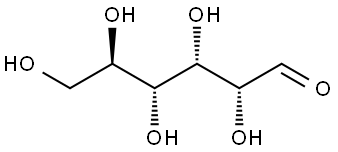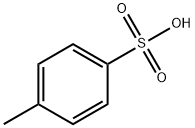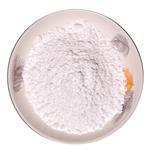Description
Chloralose, (R)-1,2-O-(2,2,2-trichloroethylidene)-
α-D-glucofuranose, is a crystalline powder which is soluble in water,
fairly soluble in alcohol, diethyl ether, glacial acetic acid,
sparingly soluble in chloroform, practically insoluble in
petroleum ether.
Chloralose is produced by reaction of glucose with waterfree
chloral under heating (21).
Chemical Properties
needle-like crystals or powder
Uses
It has been employed widely as an animal anesthetic in the laboratory setting. alpha-chloralose is a true anesthetic or an immobilizing agent with sedative-hypnotic properties has important implications. Canada geese (Branta canadensis) and blue geese (Chen caerulescens) were caught with alpha-chloralose, an oral hypnotic administered on bait. Wild turkeys (Meleagris gallopavo) were captured with alpha-chloralose, an oral anesthetic.
Uses
Chloralose is used for the control of rodents, particularly mice, and
as a bird repellent and a bird narcotic.
Uses
Coating seeds to protect them from birds.
Hazard
May cause addiction, highly toxic.
Safety Profile
Poison by ingestion,
subcutaneous, and intraperitoneal routes.
Questionable carcinogen with experimental
tumorigenic data. When heated to
decomposition it emits toxic fumes of Cl-.
Metabolic pathway
Chloralose is effectively a chloral generator which, in turn, affords trichloroethanol
by metabolism. This is the narcotic agent. Sleep is induced in
mice before death and therefore the compound is regarded as a humane
mouse killer. It is particularly effective when a quick clearout is required
but there is evidence that mice can become tolerant.
Degradation
Chloralose is hydrolysed by acid and base to glucose and chloral (2, trichloroacetaldehyde).








